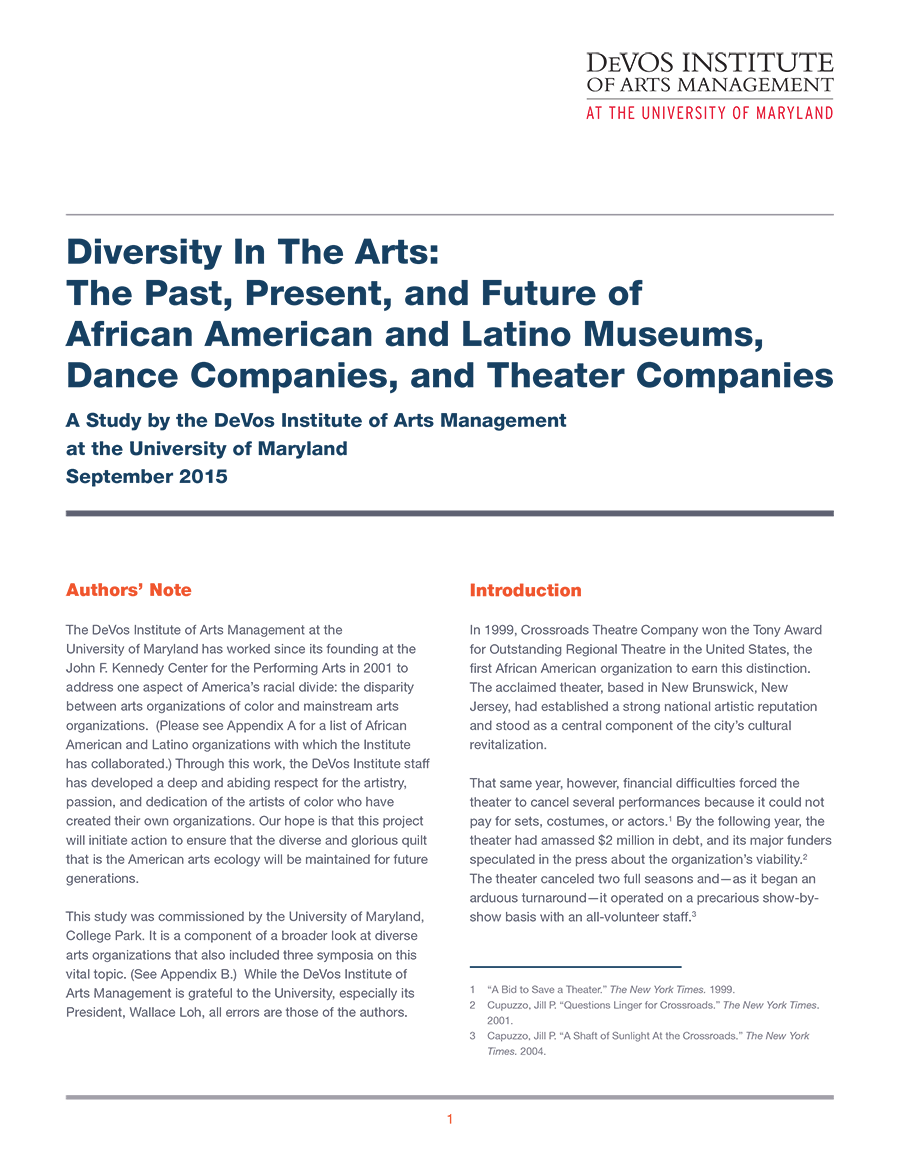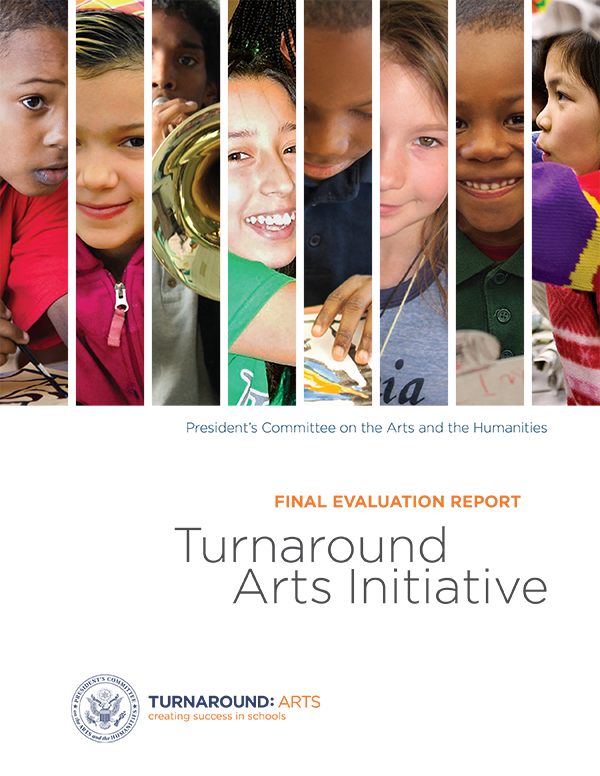Arts and Community Development
Robert E. Gard, with additional contributions by Maryo Gard Ewell, Robert L. Lynch, and Michael Winslaw. Edited by Maryo Gard Ewell with Clayton Lord and Elizabeth Sweeney. 2016, 128 pages, Americans for the Arts, Washington, D.C.
Read More...September 2021. At the convocation address to every entering student at a US university/college/community college arts program, conservatory, and high school of the arts:
Read More...On March 2, 2016, Grantmakers in the Arts held the invitational Thought Leader Forum on Artists in Community Settings at the Regional Arts Commission, Saint Louis, Missouri. The gathering involved nineteen funders, seven presenters from the field, and GIA staff and board observers. Eric Booth of Everyday Arts, Inc., facilitated and presented at the forum.
Read More...Creative expression is a basic human right. It is, in fact, the trait that makes us human. This philosophy motivated everything Professor Robert E. Gard did. The concept is so profound and innately logical that when I came to work with him in 1963 I adopted it without question.
Read More...The 1960s was a time of ferment and creation on so many fronts. In the arts, we note explosive growth in the number of significant professional arts institutions as well as countless locally based arts organizations, from chamber orchestras to theater companies; the birth and growth of culturally specific arts groups and arts centers; the creation of arts groups in support of, and arising from, the civil rights movement; the rapid increase in the number of community arts councils, especially in small cities; the birth of Community Arts Councils, Inc.
Read More...In 1980, when I was living in New York City, I had a conversation with a man who at one time was general manager of Lincoln Center. We debated, rather heatedly, his premise that the National Endowment for the Arts should give money only to states that produce “good” art — in other words, New York. (He wasn’t sure other states should get any funding at all.) He believed the federal government should give funds to South Dakota, my home state, for what it does well — grow corn and beef.
Read More...January 2016, 32 pages. Partners for Sacred Places, 1700 Sansom Street, 10th Floor, Philadelphia, PA 19103. (215) 567-3234. sacredplaces.org.
Read More...September 2015, 58 pages. DeVos Institute of Arts Management, 1300 Pennsylvania Ave NW, Suite 410, Washington, D.C. 20004. (301) 314-0963. www.devosinstitute.net.
Download:
Read More...Despite New York City’s status as the dance capital of the United States, rising real estate prices are challenging the city’s ability to serve as a creative incubator, with space — an essential resource for making dance — in waning supply. Choreographers and dancers need to work in a large open area with a sprung floor, but as real estate values climb, long-standing dance studios are being bought by developers and converted into residential or commercial spaces.
Read More...President’s Committee on the Arts and the Humanities, 400 7th St, SW, Washington, DC 20506. (202) 682-5409, pcah.gov.
Download:
Read More...

